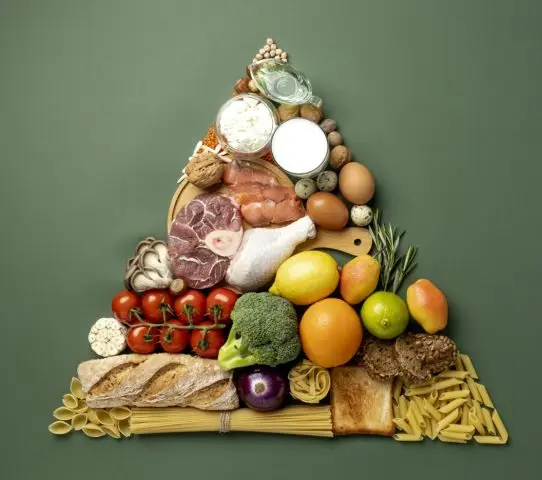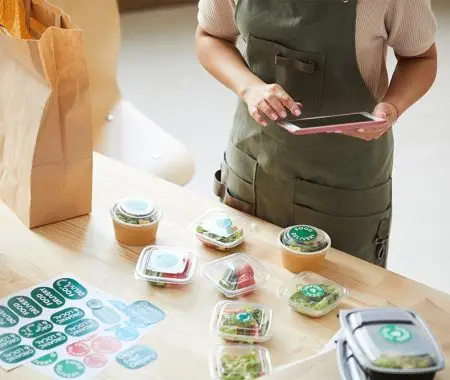Whether you’re a restaurant owner, franchisee, operator, or manager, chances are you care about the health of your business and the impact your food service offerings have on the health of your guests and the community you live in. That’s why it’s so important for all businesses to understand how their food is labeled. In this article, we will explore what labeling is, why it’s essential for the health of restaurants, and provide tips on how to implement labeling in your establishment.
What is labeling?
The term “labeling” refers to any information printed on or inside the package of food that details what quantity is contained in the package. The presence of labeling information on food packaging is required by law for the product to be legally sold.
Why is labeling important for the health of restaurants?
You may be thinking, “Why should we care about labeling food in restaurants? It’s not like we consume the food!”. While that’s partially true, the food you serve to your guests is an important reflection of you as a businessperson and your brand’s impact on the community. A lack of proper labeling on certain items could lead to a negative impression of your business, negatively impacting your bottom line. Alternatively, the right type of labeling can give your business the recognition it deserves and ultimately leads to increased profits and better health outcomes.
Furthermore, the clarity and care you show through labeling might even inspire future chefs to pursue a BA in culinary arts — motivated by the standards they see modeled in your establishment.
Tips for implementing labeling in your restaurant
When it comes to labeling your food, there are a few things to keep in mind that will make the process go more smoothly and increase the chances of your labels being used by your guests. First, label your menu. If you can, ensure all items being offered on your menu are labeled. Menu labeling is not just for the health of your business. It’s also important for the health of your guests. If your menu indicates which few gluten-free items are present, you’re mitigating the risk of cross-contamination for your gluten-intolerant guests. If you serve alcoholic beverages, you should include a labeling recommendation for those who are under 21 years old. This may sound obvious, but it’s surprising how many establishments don’t include this type of recommendation on their menu.
What food label should you be seeing at your restaurant?
It’s important to know what label your guests are seeing when they order their meals. This will allow you to address any questions or concerns they may have about the food they’re consuming in a straightforward, responsible manner. For example, if you know you sell items containing eggs, it’s important to inform guests of the “eggs contain trace amounts of cholesterol” label. A better label for items containing gluten is “produced on shared equipment with wheat”. A label for halal items may include the words “no pork products”.
How often should you update your food labels?
The frequency of updating your labels should be based on your menu items and the types of ingredients in them. If you sell a lot of menu items that primarily contain dairy products, it may be wise to update your labels more frequently than if you primarily sell gluten-free items. If you have a lot of items with a high percentage of one ingredient, you may want to consider creating a separate menu item or catering to a specific dietary need.
Digital Labeling: The Future of Food Labeling
As we enter the age of digital labeling, it’s important to note the future of food labeling may not be in paper labels at all. Manufacturers are increasingly turning to digital labels to assist with the labeling process, which allows them to print labels at the production facility. Essentially, manufacturers create an algorithm that tracks ingredients and types of food, which allows them to create a digital label that contains all the necessary information. While paper labels may still be used for items that don’t require a digital label, the trend moving toward digital labeling is great news for the future of food labeling.
Conclusion
If your guests are consuming food that doesn’t have proper labeling, it could hurt their health. It could also cause them to distrust your brand and leave without spending any money at all. With that being said, proper labeling can help mitigate this risk by ensuring your guests are informed about the ingredients in your food, reducing the risk of consuming cross-contaminated ingredients. When implemented correctly, labeling can provide valuable information to your guests helping them make informed food choices.



